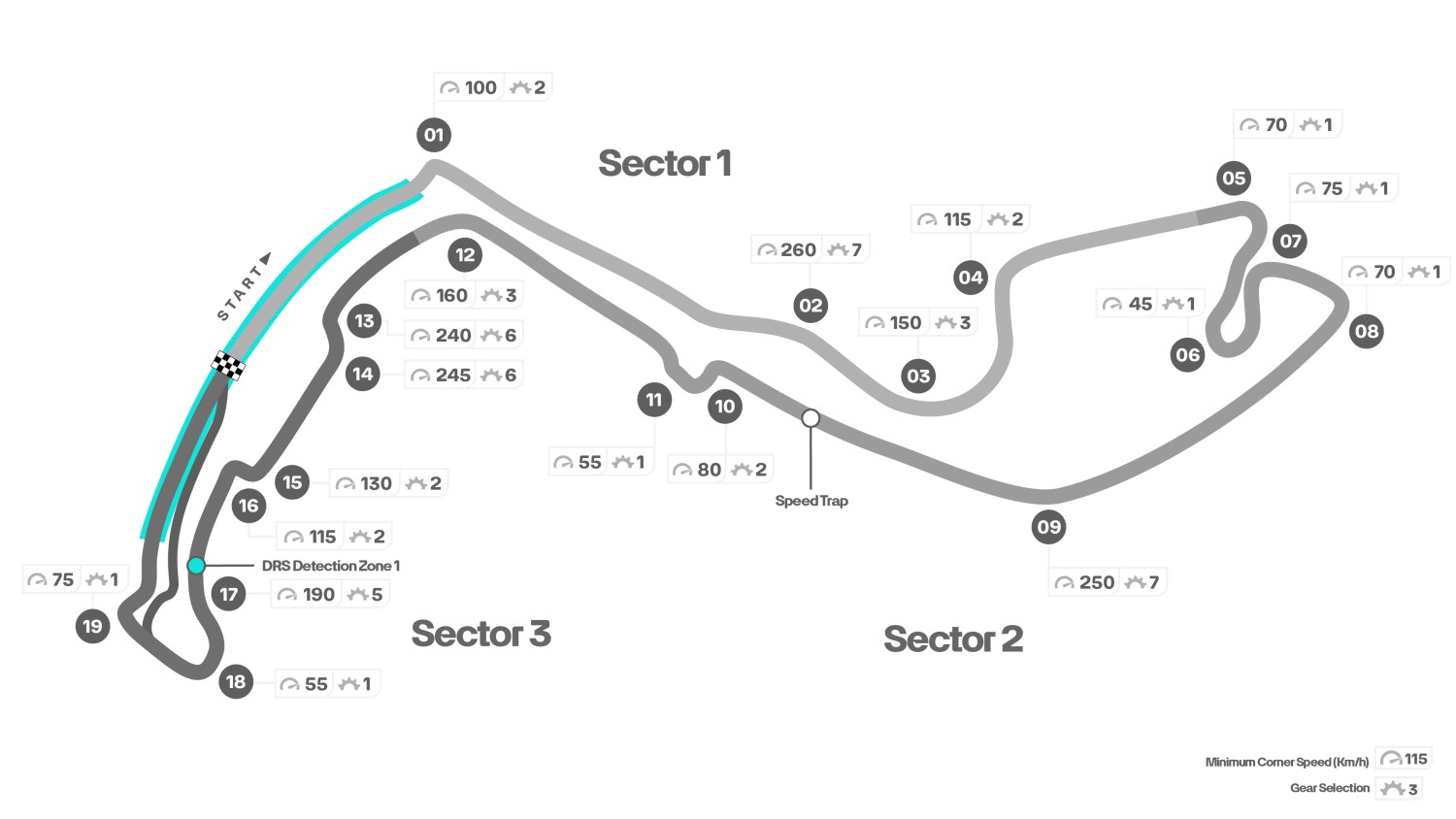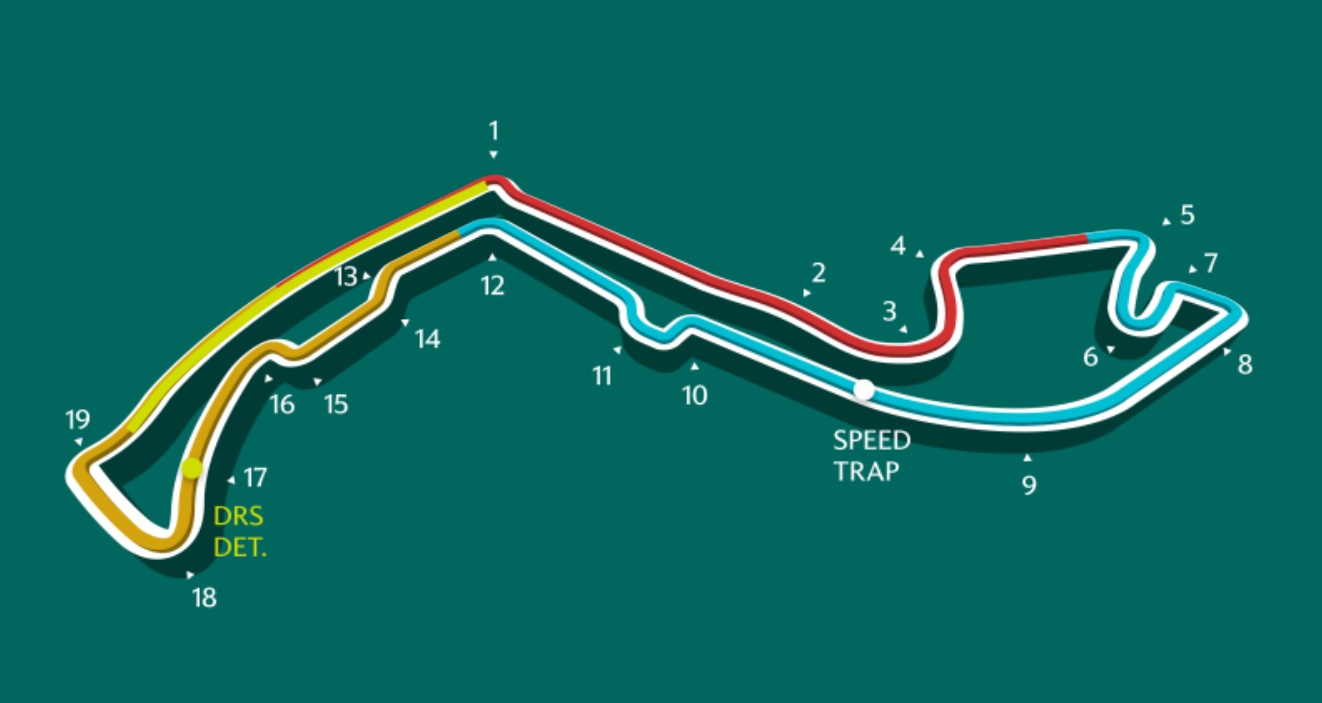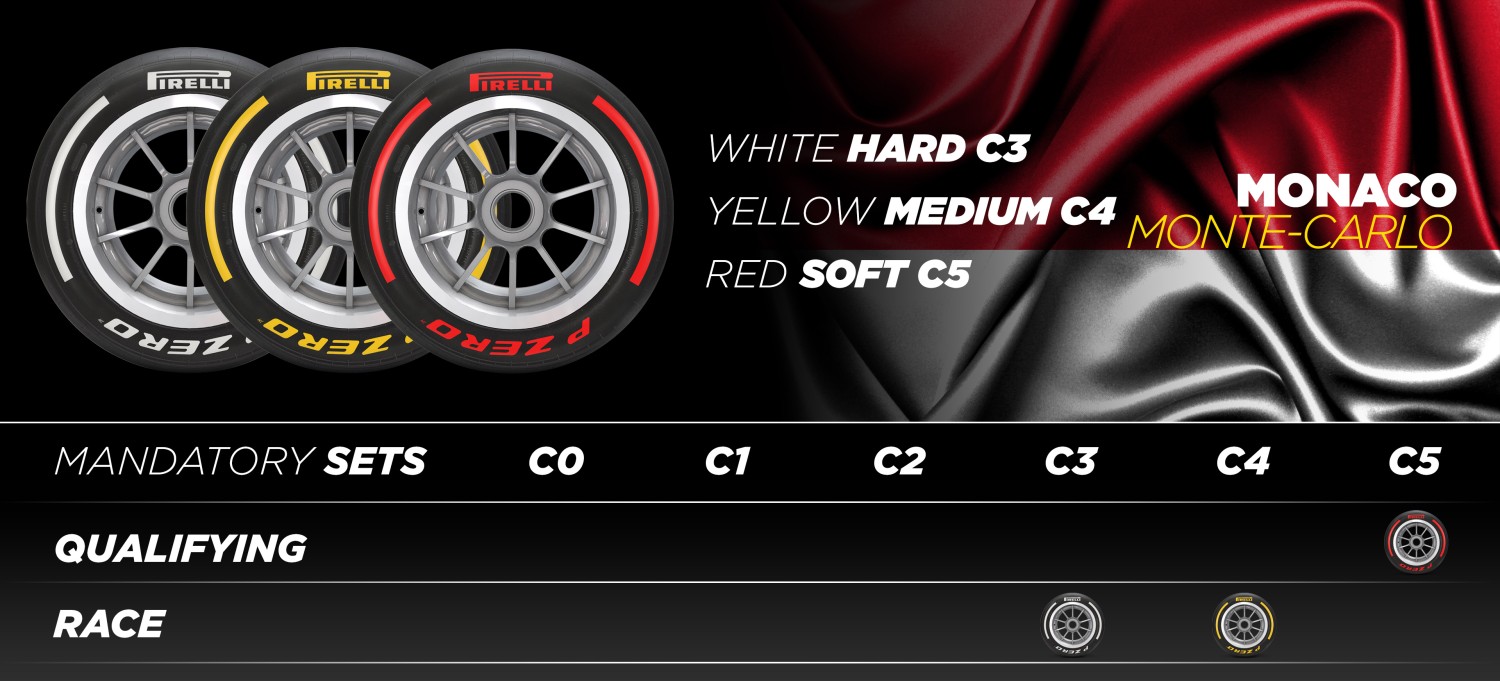F1: Monaco GP Preview
Every year, right around this time of spring, Formula One decamps to the French Riviera for the crown jewel of the calendar – the Monaco Grand Prix. Say Monte Carlo and a collection of images springs to mind: yachts, sportscars, the glitz and glamour of one of the world’s most exclusive locations. Monaco is the cliché of Formula One, it’s the champagne-soaked poster child of the sport and one that lives and is reinforced by its stereotypes.
For the teams racing there, of course, Monaco is different. Monaco is a test of strength, willpower and resistance for drivers and crews alike: in the cockpit, it’s a relentless mental challenge, corner after corner requiring millimetric precision to avoid a race-ending rendezvous with the barriers; it’s pure performance, one of the places where the skill of those behind the wheel most comes to the fore. In the garage – the cramped garages, on three levels, with trees sticking through the floor and ceiling – mechanics contend with conditions they don’t experience anywhere else in the world – but cannot compromise on precision. Driving Monaco may be like “riding a bicycle in your living room”, but working in these garages could be described as being more akin to a crossfit workout in a broom closet.

Monaco is unique in every aspect: it’s a track from a different era, on which qualifying means as much as the race, a circuit on which the wider, larger F1 cars of today tread the same streets on which Jackie Stewart’s and Graham Hill’s slender machines darted. The paddock, away from the garages on the Quai Antoine 1er, is a world on its own, yachts bobbing quietly on the sea in front of busy hospitalities; the fans, ubiquitous, crowd the hill over Rascasse and every other open space – they’re the closest they can be to Formula One here. They’re as much part of the story as the cars on track.
Despite every challenge, Monaco is still Monaco. Each crammed space, each oddity, is just making this race unique: for every fan, for every driver, for every team member, doing Monaco is a badge of honor. Because one thing is true to all those who experienced it: nothing ever feels like Monaco.
The Monaco Grand Prix is one of the most iconic events on the sporting landscape. It was first run in 1929 while in 1950 it was part of Formula 1’s inaugural World Championship season. It has been a near-permanent fixture of the sport ever since, absent on only four occasions, most recently in 2020 due to the pandemic.
The Circuit de Monaco stretches out across only 3.3km of the tiny Principality and while it is Formula 1’s shortest circuit it packs a lot into its layout. The 19-turn track means drivers rarely have a chance to draw breath, with the challenge heightened by the proximity of the barriers, and the blind nature of several of the corners. Drivers must build up speed through the course of the three practice sessions as confidence and track conditions ramp up.
Given that overtaking is a near-impossibility Saturday’s qualifying session, and the timing of the mandatory pit stop in Sunday’s race, takes on added importance compared to most grands prix. Teams and drivers must also be on alert for the probability of Safety Car periods, or even red flags, which could upend the situation at any moment.



